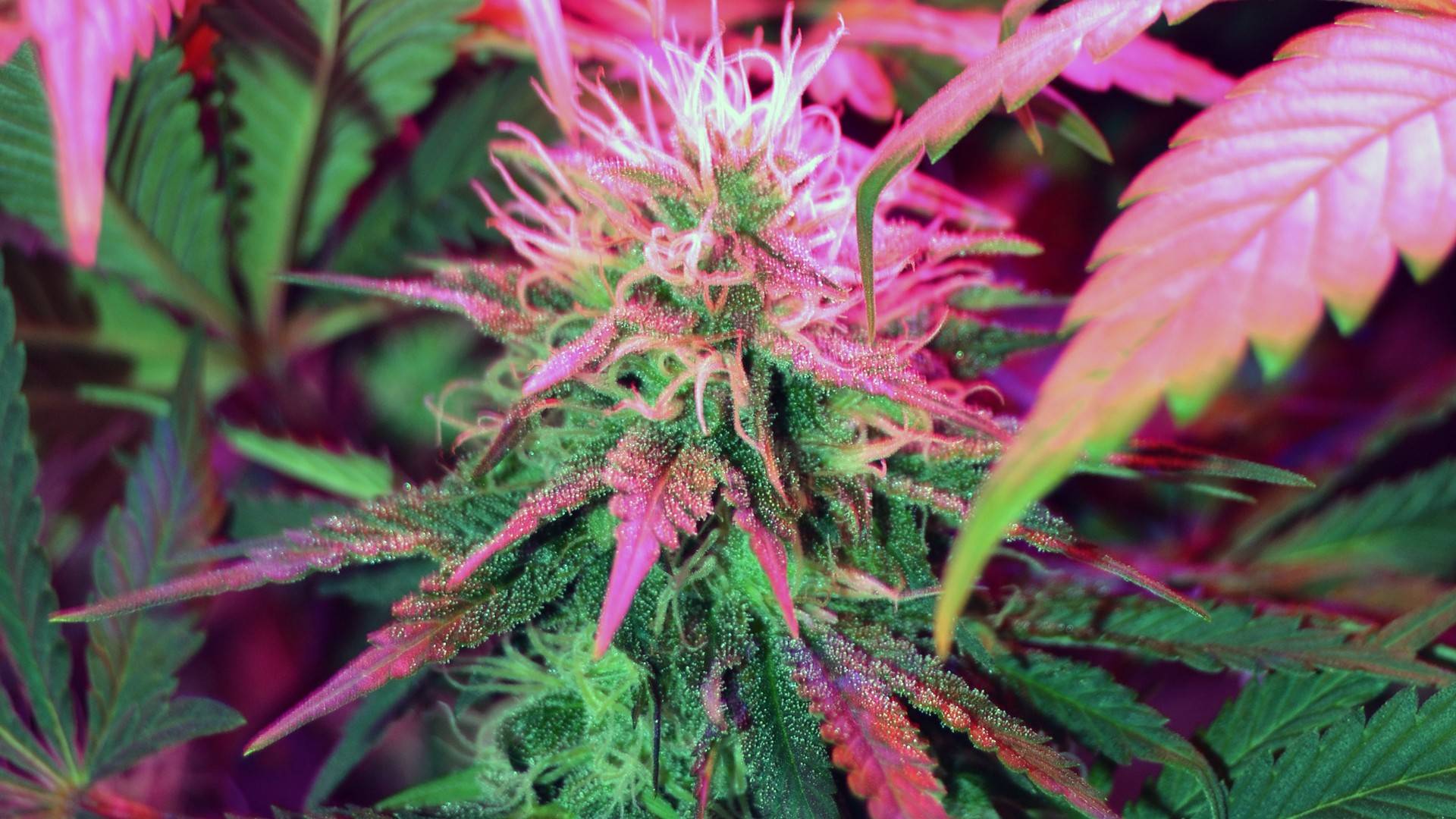The symptoms of using marijuana are complex and still remain the focus of considerable clinical and epidemiological study. Although there is growing evidence of the therapeutic potential of some compounds found in cannabis, these effects should be balanced against the well-described harms – especially when use is chronic, high-dose, or starts early in life. It is crucial to be knowledgeable about both sides because marijuana is getting more accessible in the United States.
Therapeutic Applications
Cannabis and its derivatives proved to be effective in a number of medical disorders, but clinical effects differ depending on a formulation, dosage, and a route of administration. The most supported medicinal applications consist of:
- Chronic pain Medical cannabis, particularly products with a high-THC concentration or equal THC:CBD ratio, has demonstrated the ability to lessen neuropathic and musculoskeletal pain in select patients. Although it is not universally effective, it can provide an alternative to opioid in some instances.
- Epilepsy: CBD, namely in the recently approved FDA Epidiolex, has shown itself capable of reducing the number of seizures in rare epilepsy syndromes, including Dravet syndrome and Lennox-Gastaut syndrome.
- Multiple sclerosis (MS): Some cannabis extracts proved to decrease spasticity and enhance sleep quality in people with MS.
- Chemotherapy-induced nausea and vomiting (CINV): THC-based medicines (e.g., dronabinol) have been useful in managing chemotherapy-induced nausea that is resistant in cancer patients.
There is also an emerging body of evidence that implicates many uses of cannabinoids in the treatment of anxiety,
PTSD, inflammatory diseases, and neurodegenerative disorders. Nevertheless, well-built,
extended randomized controlled trials are yet to be carried out to provide a clearer understanding of efficacy, dose-response relationships, and safety.
Short-Term Effects
The acute usage of marijuana has dose-dependent effects, which may differ markedly among individuals. The short term effects are:
- Euphoria or relaxation, usually with changed perception of time and sociability.
- Mental failures, such as shortened attention span, damaged memory and decreased reaction time.
- Anxiety, panic attacks or paranoia, particularly among first time users or with use of high potency THC products.
A psychomotor damage is also a significant issue,
especially when it comes to driving or using machinery,
because even THC may decrease coordination and reaction time several hours after consumption.
Long Term Health Risks
Heavy and prolonged use of marijuana,
particularly when it is started at an early age, has been linked to various negative health effects:
- Respiratory: Smoked marijuana has been used frequently via inhalation, thus causing symptoms of chronic bronchitis and inflammation of the airways. Although marijuana does not have all the carcinogens that are present in tobacco, the smoke does contain harmful particulates and the habit of deep inhalation could worsen the irritation to the lungs.
- Mental health: There has been an association with long-term use and increased risk of anxiety disorders, depression, and psychosis, especially in people with a genetic predisposition or those who start using it early. Some evidence also shows that excessive use of cannabis can reduce motivation or cognitive functioning with time.
- Addiction potential: Despite the common assumption, marijuana is habit forming. According to the estimations of the National Institute on Drug Abuse (NIDA), around 9 percent of users will develop cannabis use disorder (CUD), and the rate rises to 17 percent when individuals start using it during adolescence.
The risks and potential medical benefits of marijuana have to be weighed using a sophisticated,
evidence-based approach. Although cannabis might be an effective instrument in some therapeutic settings,
its misuse and excessive use have real health implications, which are worth considering not only of clinicians or policymakers but also of the general population.
